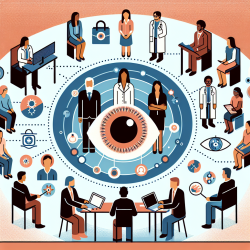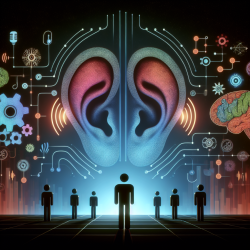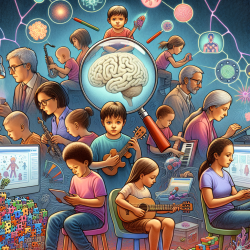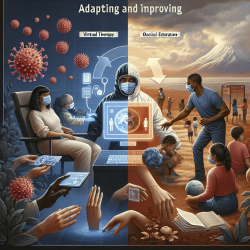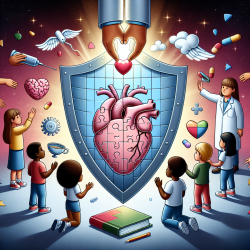As the landscape of autism diagnostics continues to evolve, the need for innovative and integrative treatment approaches becomes increasingly apparent. The recent research article, "The time is ripe for the renaissance of autism treatments: evidence from clinical practitioners," highlights a paradigm shift towards collaborative and data-driven methods. This blog will explore how practitioners can leverage these insights to enhance their skills and improve outcomes for children with autism.
Embracing Diversified Treatment Approaches
According to the study, 92.6% of Board Certified Behavioral Analysts (BCBAs) and 82.7% of Developmental Model (DM) clinicians are open to diversified treatment approaches that combine aspects of multiple disciplines. This openness to interdisciplinary collaboration is crucial for addressing the highly heterogeneous nature of autism spectrum disorders (ASD).
Practitioners are encouraged to:
- Integrate elements of Applied Behavioral Analysis (ABA) with developmental therapies such as DIR® Floortime.
- Utilize wearable biosensors to objectively track nuanced behaviors in social exchanges.
- Stay informed about advances in neuroscience to enhance treatment planning and program development.
The Role of Wearable Biosensors
The study reveals that 85.9% of BCBAs and 85.3% of DM clinicians advocate for the use of wearable biosensors. These devices can provide objective data on physiological responses, helping to differentiate between therapy-induced changes and natural developmental progress. For example, heart rate variability and motion sensors can offer insights into stress levels and motor control, respectively.
Incorporating wearable biosensors into therapy sessions can:
- Provide real-time feedback on the child's physiological state.
- Help tailor interventions based on objective data.
- Enhance the accuracy of treatment outcomes.
Neuroscience: A Crucial Component
76.9% of BCBAs and 57.0% of DM clinicians believe that augmenting their knowledge of the nervous system can significantly enhance their practice. Understanding the neurodevelopmental aspects of autism can help practitioners design more effective, personalized interventions.
To integrate neuroscience into your practice, consider:
- Attending workshops and continuing education courses focused on developmental neuroscience.
- Collaborating with neuroscientists to gain deeper insights into the neurological underpinnings of autism.
- Incorporating neuroanatomy and neurophysiology into treatment planning.
Parental Involvement and Support
The study highlights the need for increased parental involvement and support. Both BCBAs and DM clinicians agree that parents require more training to support therapy at home. Additionally, parents need respite and mental health support to manage the stress associated with raising a child with autism.
To better support families, practitioners can:
- Offer regular training sessions for parents to enhance their skills in supporting their child's therapy.
- Provide resources for mental health support and respite care.
- Encourage parents to participate actively in therapy sessions.
Moving Forward Together
The time is indeed ripe for a renaissance in autism treatments. By embracing diversified, data-driven, and collaborative approaches, practitioners can significantly improve outcomes for children with autism. The integration of wearable biosensors and neuroscience into therapy, coupled with increased parental support, will pave the way for more effective and personalized interventions.
To read the original research paper, please follow this link: The time is ripe for the renaissance of autism treatments: evidence from clinical practitioners.



